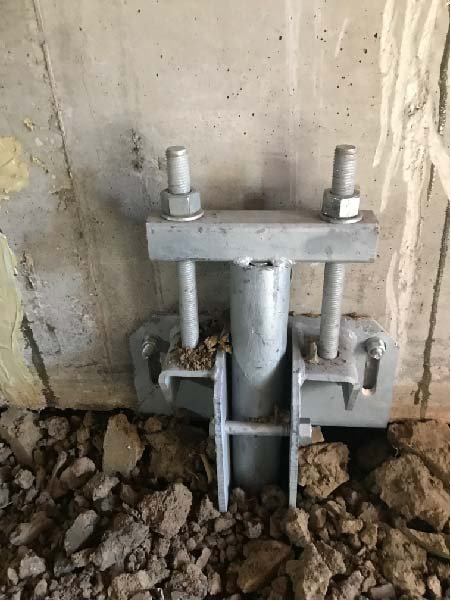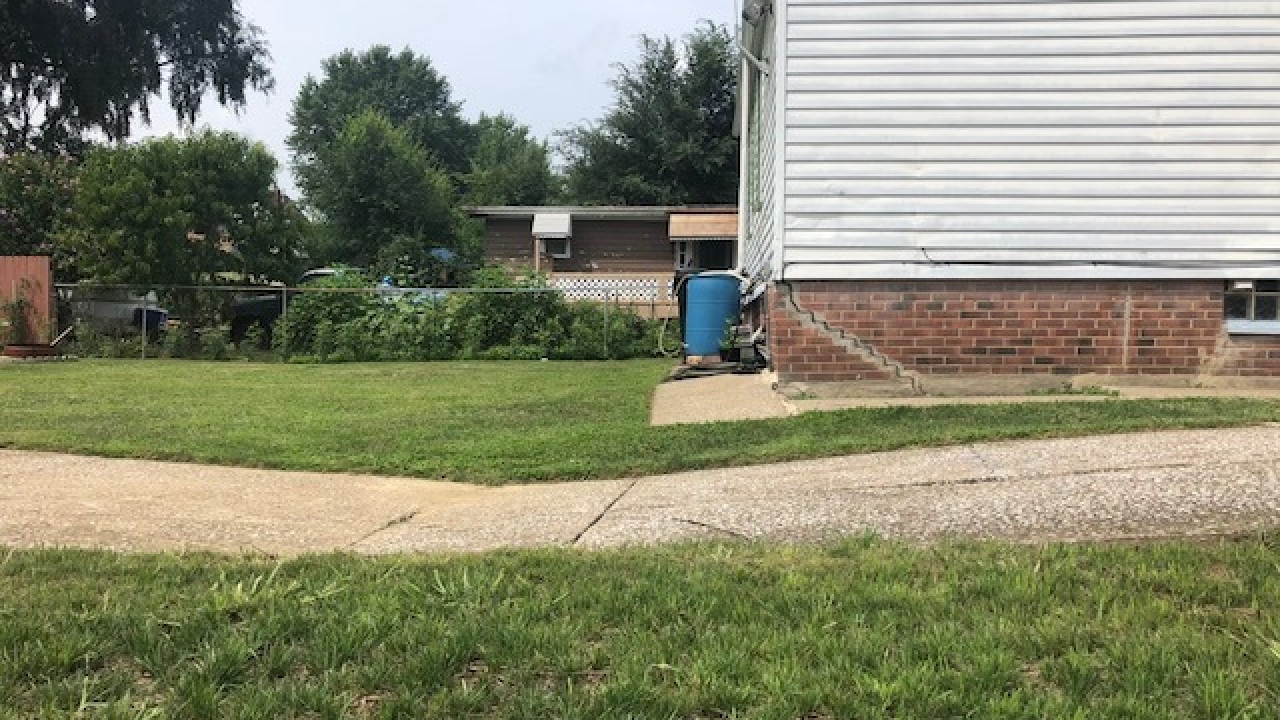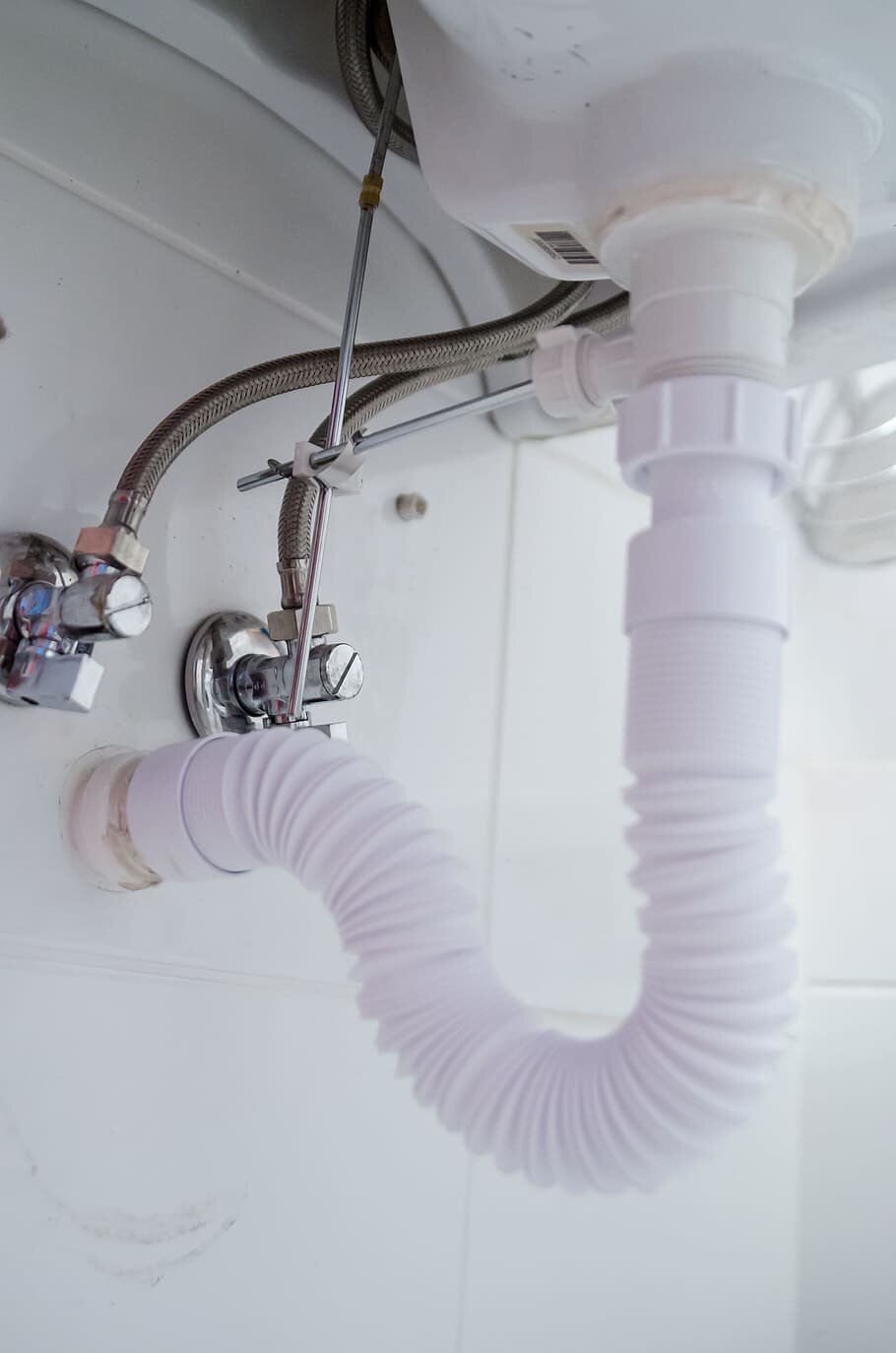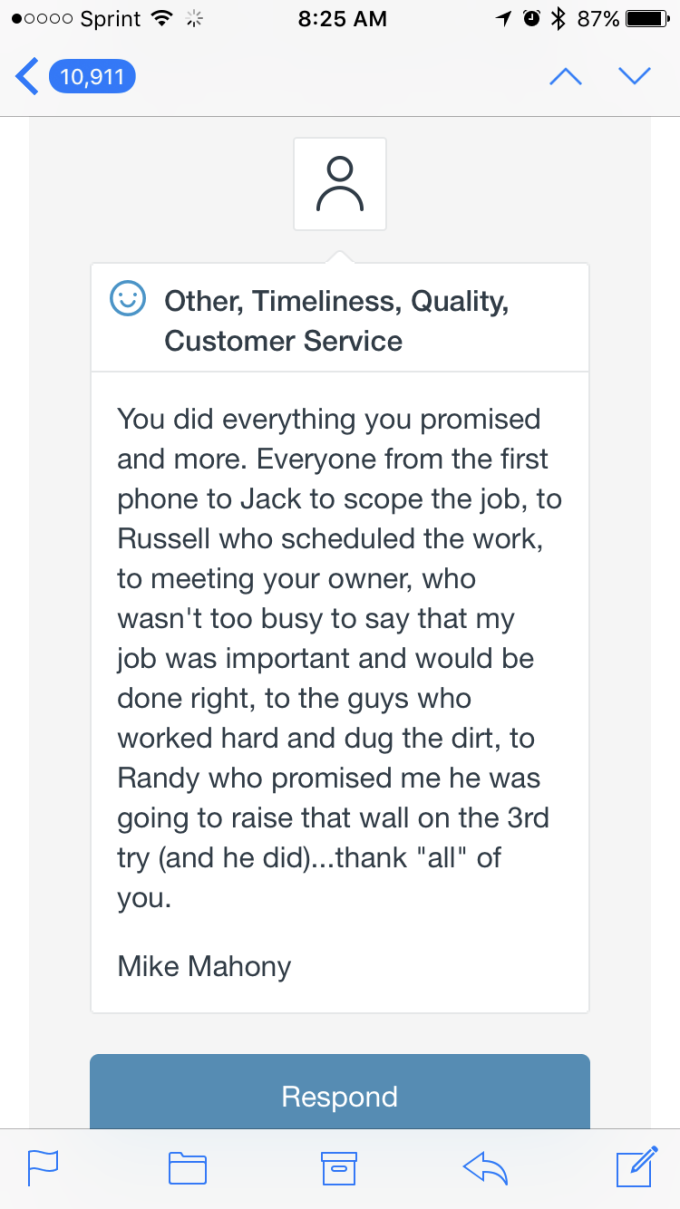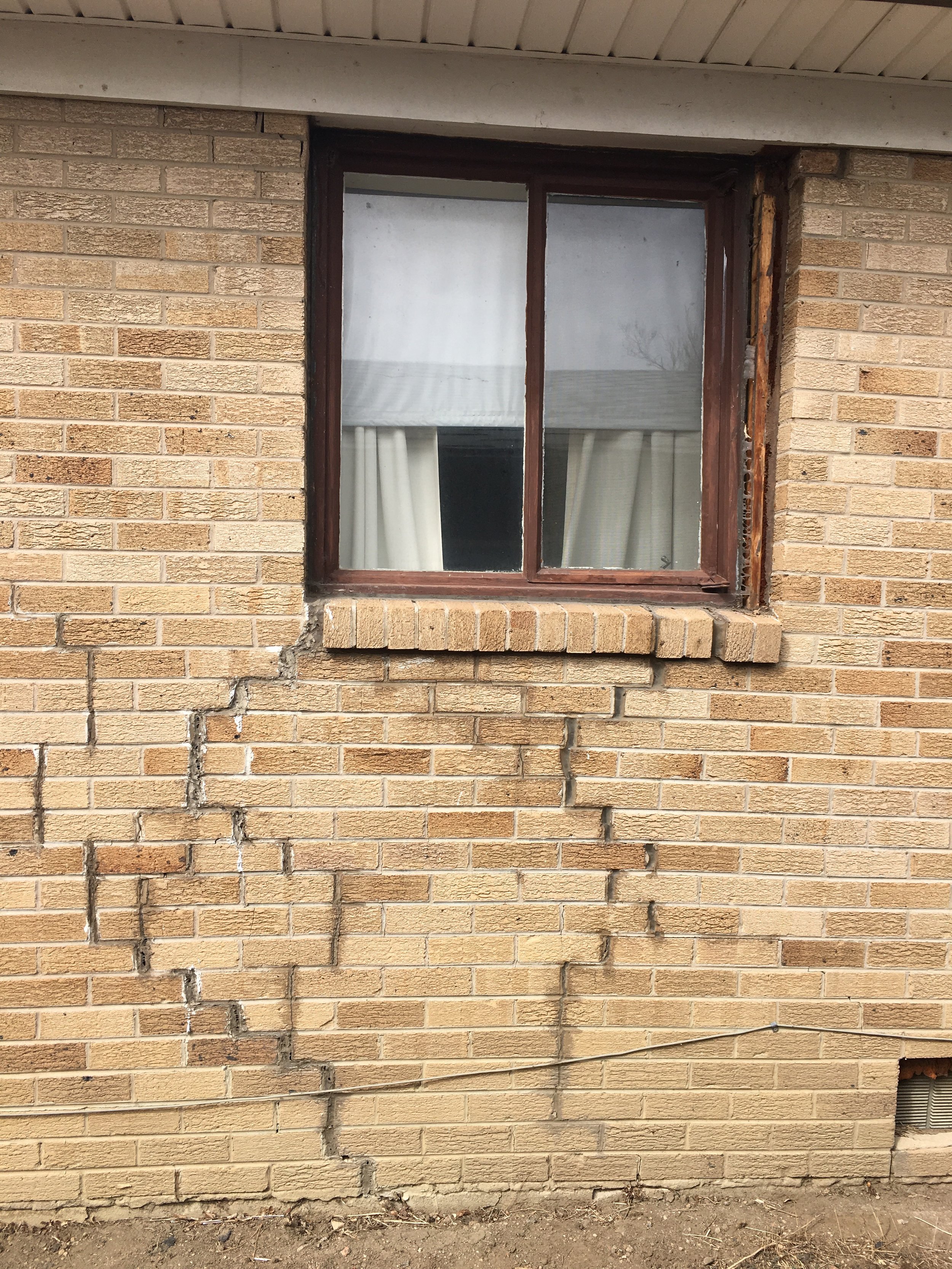How long does foam foundation repair last?
Polyurethane foam is often marketed as a quick and easy fix for sinking concrete slabs and foundation repair, but the reality is far less promising. While it may provide immediate concrete lifting, it is far from a long-term solution. In fact, polyurethane foam deteriorates over time, often requiring removal and replacement within just a few years. Worse, the material is difficult and expensive to remove, and its environmental impact makes it an unsustainable choice.
If you’re considering foam foundation repair, here’s what you need to know before making a costly mistake.

Why Polyurethane Foam Doesn’t Last
While polyurethane foam expands quickly to fill voids beneath a concrete slab, its effectiveness diminishes over time. Unlike more reliable methods like helical piers or push piers, foam does not provide deep foundational support. Instead, it sits on top of the same unstable soil conditions that caused the settlement in the first place. This means the issue is likely to return, often in as little as two years.
Factors that cause foam to fail include:
Soil instability – If the soil beneath continues to shift, foam provides no structural reinforcement, leading to continued settlement.
Moisture damage – Despite claims that polyurethane foam is waterproof, excess water in the ground can weaken its structure over time.
Compression under heavy loads – Foam may initially lift a concrete slab, but under heavy loads, it can compress and break down, requiring additional repairs.
On average, foam foundation repair lasts only two to five years before the problem resurfaces.
The Hidden Costs of Foam Foundation Repair
Many homeowners are drawn to polyurethane foam because it seems cost-effective, but what they aren’t told is that removing failed foam is expensive and difficult.
Here’s why foam removal costs thousands of dollars:
It doesn’t biodegrade – Once injected, polyurethane foam does not break down naturally, meaning it must be physically removed when it fails.
Removal is labor-intensive – Cutting out foam requires jackhammers, saws, and excavation, leading to additional costs.
New repairs require more money – Since foam doesn’t address underlying soil issues, homeowners often end up paying for a second round of repairs after their slab sinks again.
The initial savings from foam repair are quickly erased by the high cost of removal and reinstallation, often leaving homeowners wishing they had chosen a more permanent solution from the start.
The Environmental Impact of Polyurethane Foam
Beyond its short lifespan and high removal costs, polyurethane foam is terrible for the environment.
Toxic chemicals – Foam contains harmful chemicals that can leach into soil and groundwater.
Non-biodegradable – Once in the ground, polyurethane foam remains indefinitely, creating long-term waste issues.
Specialized disposal required – Unlike concrete, which can be recycled, foam waste must be processed and disposed of separately, increasing landfill waste.
For homeowners concerned about sustainability, choosing foam for foundation repair is an environmental mistake.
What Are Better Alternatives to Foam Foundation Repair?
If you want a reliable, long-term fix for a sinking concrete slab or foundation settlement, polyurethane foam is not the answer. Instead, consider:
Helical piers – These screw into the ground, anchoring into stable soil and providing lasting support.
Push piers – Hydraulic piers that use the weight of the structure to drive into load-bearing soil, permanently stabilizing foundations.
Mudjacking – While also a temporary fix, mudjacking lasts longer than foam and does not carry the same environmental concerns.
Concrete replacement – If the slab is too damaged, removing and repouring the concrete is a better investment than using polyurethane foam.
These options may require a higher upfront investment, but they last decades, unlike polyurethane foam, which fails within a few years.
Final Thoughts: Polyurethane Foam is a Short-Term Fix with Long-Term Consequences
Polyurethane foam might seem like an easy fix, but it comes with major drawbacks.
✔ It doesn’t last – Expect the same foundation issues to return in two to five years.
✔ It’s expensive to remove – When it fails, removal costs thousands of dollars.
✔ It harms the environment – Foam is toxic, non-biodegradable, and requires special disposal.
If you want a permanent solution for foundation issues, skip polyurethane foam and choose a repair method that actually lasts.
Foundation problems vary in severity, with some being minor and others posing serious risks. Homeowners can often live in a house with small foundation issues, but waiting too long to address major structural damage can lead to costly repairs, water intrusion, and safety hazards.
Helical piers are an effective solution for lifting and stabilizing homes that have settled due to soil movement or foundation issues. By anchoring deep into stable soil, they restore structural integrity, level floors, and prevent further damage.
Replacing a foundation under an older home is possible but requires expert planning, structural support, and careful execution. While the process can be complex and costly, it provides long-term stability, protects against structural damage, and can even add usable space.
Polyurethane foam may seem like a quick fix for foundation repair, but it fails within a few years, leading to costly removal and repeat repairs. Its environmental impact, lack of long-term stability, and high removal costs make it a poor choice compared to more durable solutions like helical piers or push piers.
A weak foundation can lead to structural damage, uneven floors, water intrusion, and decreased property value if left unaddressed. Recognizing early warning signs and seeking professional foundation repair solutions can help maintain long-term stability and protect your home.
When considering foundation repair in Colorado, timing is crucial for optimal outcomes and cost-effectiveness. Different seasons present unique challenges and advantages for foundation work, so understanding the best time of year for these repairs is essential.
Dealing with a crumbling foundation can be daunting, but with the right approach and professional assistance, it's often possible to address the issues and restore the structural integrity of the foundation.
Understanding the signs of foundation damage is crucial for homeowners to maintain the structural integrity of their properties. Foundation issues can manifest in various ways, from visible cracks in walls to uneven floors and doors that stick.
Foundation repair is a critical process for maintaining the structural integrity of your home. When faced with foundation issues, one of the most common questions homeowners have is, "How long will it take to repair?"
Owning an older home comes with its own set of joys and challenges, particularly when it comes to foundation issues. While every property requires upkeep, older houses often demand extra care due to their age.
Foundation piers play a critical role in preventing further settlement and maintaining the structural integrity of buildings, both residential and commercial. With proper installation foundation piers offer peace of mind and ensure the stability and durability of your home.
Foundation stabilization is essential for maintaining building integrity. Our guide provides an overview of various techniques, helping property owners make informed decisions to address their foundation repair needs effectively.
Understanding the type of foundation your house has is crucial in determining the feasibility of repair. Knowing when it's time to walk away and consider alternative options can save you time, money, and stress in the long run.
Foundation problems can escalate if left untreated, leading to significant structural damage and costly repairs. Understanding the potential consequences of ignoring foundation issues is essential for homeowners and property owners.
Are you noticing signs of potential foundation issues in your home or property? Understanding the common symptoms of foundation damage and the remedies available can help you assess whether foundation repair may be necessary.
Explore the 11 best foundation repair methods available today. Whether you're dealing with cracks, settling, or other forms of foundation damage, understanding these methods can empower you to make the right choice for your property's stability and longevity.











